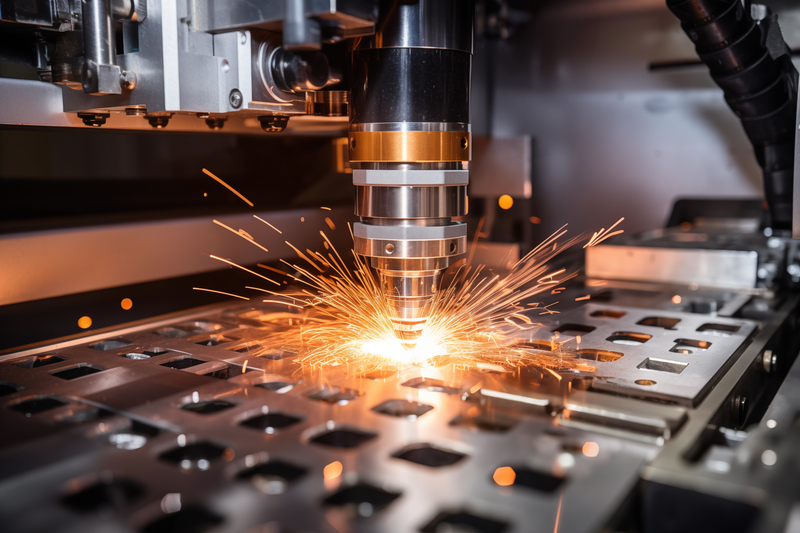- 2024/09/02
- 1915
- 24
Net-zero emissions by 2050 has become a global pursuit. With the EU's Carbon Border Adjustment Mechanism (CBAM) expected to be officially implemented in 2026, numerous countries are allocating significant budgets to achieve the transition to net zero. Statistics show that over one-third of large global companies have publicly announced their net-zero targets. To accurately achieve net-zero, three things must be done: the optimization of digital technology, the building of carbon-intelligent organizations, and collaboration to create sustainable development.
For example, Deoleo, the multinational olive oil processing company from Spain, applied these three aspects during its digital transformation to improve operational efficiency and contribute to its sustainable development. With the assistance from Siemens Digital Industries Software, Deoleo established a sustainable development strategy. The company also implemented a follow-up project on IBM's blockchain-based Food Trust platform to introduce QR codes, allowing consumers to understand the entire process from manufacturing to marketing.
A. Three strategies to effectively reduce electricity consumption of machine tools
The manufacturing industry accounts for about 38% of global energy demand. Of this, 5% to 10% of the demand is for equipment, including machine tools. Machine tools are often energy intensive and hence a priority target for energy conservation efforts in manufacturing. In addition to the adoption of low-carbon or zero-carbon energy to reduce carbon emissions from the source, manufacturers can continuously reduce energy consumption through three strategies by focusing on energy-intensive equipment, processes, and smart production systems:
I. Improve equipment energy efficiency
Factories have many energy-intensive devices, including production equipment, boilers, drives, servo motors, compressors, pumps, air conditioning, and others. Generally speaking, over 20% of the energy cannot be effectively utilized. More electromechanical integration is required to improve usage efficiency.
II. Change manufacturing processes and technologies
Different manufacturing processes can be adopted to reduce the overall energy consumption of the production process. For example, the metal surface hardening process can be changed from traditional heat treatment to laser surface hardening technology. Additive manufacturing may be considered to produce complex structured metal workpieces instead of multiple machining processes such as turning, milling, and drilling.
III. Implement smart manufacturing applications
Information, communications, and intelligent technologies, such as sensors, communications networks, analysis and simulation can be integrated to monitor real-time energy consumption at factories. Control optimization can be achieved with data analytics. Artificial intelligence can be adopted to enhance alerts and prediction accuracy in order to detect abnormalities in equipment energy consumption early and prompt maintenance or replacement.
The current use cases in the industry demonstrate that the combination of different energy efficiency measures can reduce energy demand by 30% to 52%. At the 2023 EMO Hannover exhibition in Germany, MAZAK from Japan showcased its energy-saving machine tool (HCN-5000 NEO), which can effectively reduce energy consumption in automated production lines by 46% compared to traditional machine tools. Machine tool manufacturer OKUMA introduced a next-generation CNC (OSP-P500) with a more powerful processing speed, simpler and safer operation interface, and smarter, more energy-efficient cutting processes.
B. Technological breakthroughs, government support, and economic incentives are key to promoting carbon reduction
Taiwan's machine tool industry usually sits at upstream of the supply chain, but its green transformation needs to address the environmental impact throughout the entire supply chain, including every stage from raw material procurement to product design, production, and subsequent after-sales services.
Looking ahead, the evaluation of electromechanical components, development of more robust thermo-mechanical models, research and development of intelligent standby modes for machine tools, and strategies for developing more energy-efficient machine tools can be further explored.
Moreover, energy efficiency also depends to a large degree on the parameters set for machine operation. Process parameters should be chosen to maximize productivity. That said, corresponding side effects such as increased tool wear or higher coolant requirements must also be taken into consideration. Given the importance of intelligent standby modes to the reduction of energy demand during non-productive time, adaptive cooling supply and (nearly) dry machining also hold enormous energy-saving potential.
Specific guidelines and regulations from the government can help to accelerate implementation. Economic incentives for end-users of machine tools can also reduce the equipment amortization timeframe and increase the demand for energy efficiency measures. In other words, the improvement of industrial energy efficiency requires more than just technological breakthroughs. It will also be a cross-border economic and governmental undertaking.

